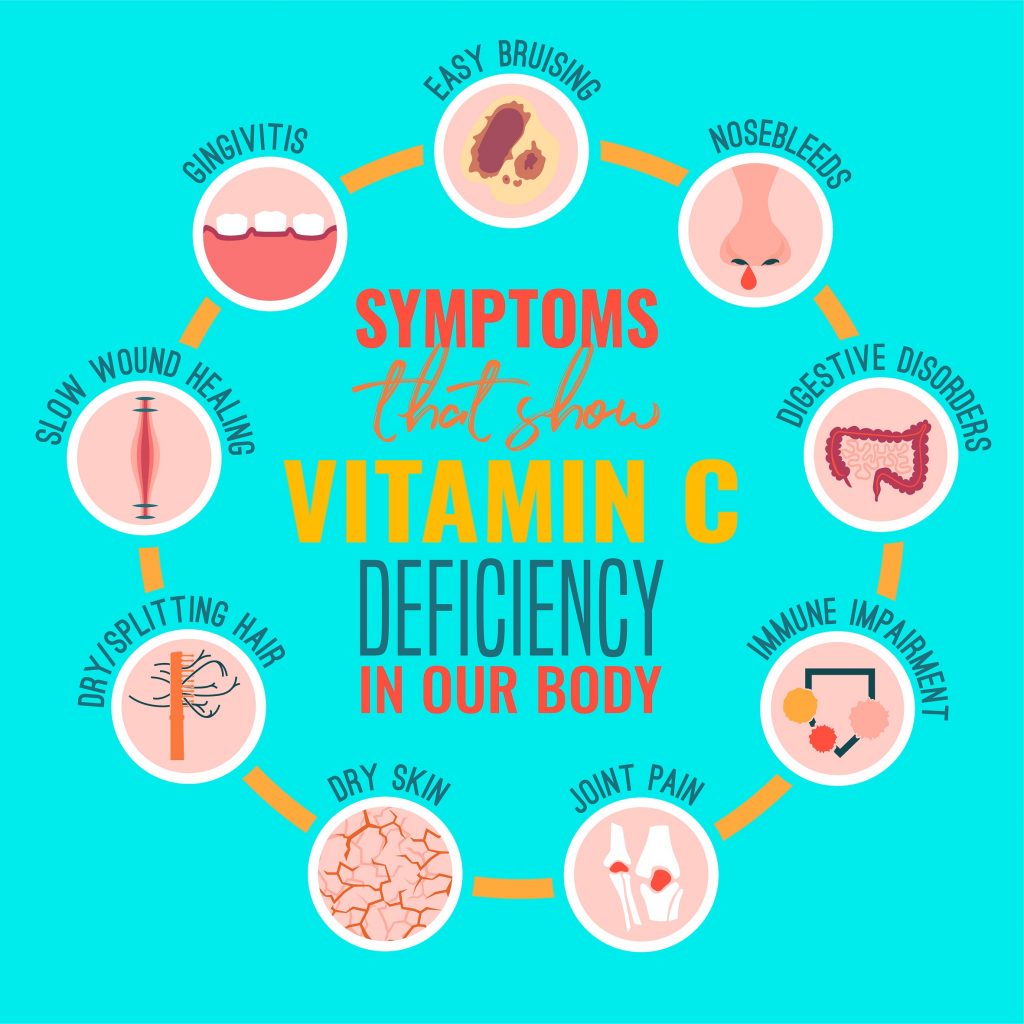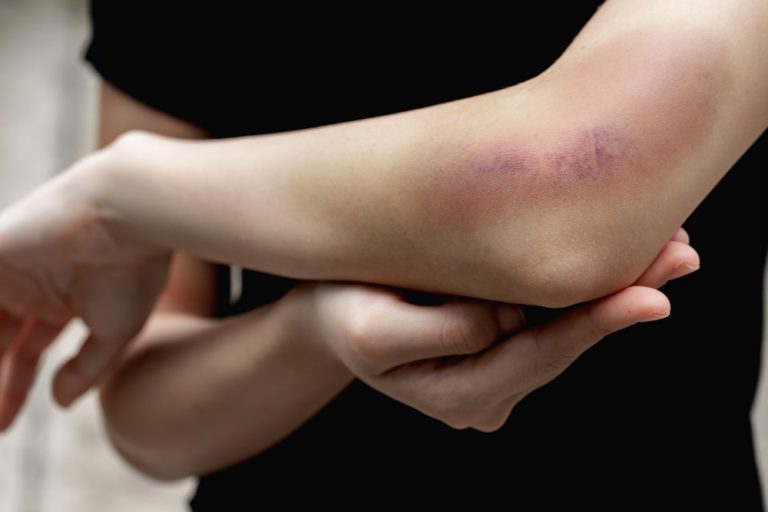The fragility of blood vessels, manifested, among others frequent bruising has many causes. What are the preconditions to bruising? How to counteract them? How to treat bruises naturally?
Fragile blood vessels
Cracking and fragility of small blood vessels is not only an aesthetic problem but above all - a health problem. Vascular fragility predisposes to their more frequent rupture, which is manifested by a greater tendency to bruise after even minor injuries and more difficult healing of bruises. Usually, people with weak blood vessels also struggle with vascular skin problems, the appearance of so-called spider veins on the skin of the face and legs (which in the long run may lead to the development of varicose veins of the legs and swelling), minor bleeding from the nose or gums. A weakness of blood vessels can also be seen as bags under the eyes.
The exact cause of weakness and rupture of blood vessels is not entirely known. This state of affairs is influenced by many factors, of which genetic factors are important. A greater predisposition to bruising is hereditary. Some food ingredients also affect the condition of your veins. It has been proven that it is affected by a diet low in products containing vitamin C and routine. Smoking and alcohol abuse also weaken blood vessels. Probably the use of some drugs (including anti-asthma, anti-coagulant, anti-inflammatory or antidepressant one) also contributes to the development of this issue.

Bruises and hematomas
Bruises are a colloquial name for hematomas, which are minor blood spills directly under the skin that occur as a result of damage to blood vessels. Bruises are usually caused by injuries such as bumps or falls. Bruising in such a place is a natural process and is not a cause for concern. The problem arises when bruises show up for no apparent reason or the size of the hematoma is disproportionate to the injury. This may indicate a disorder of hemostasis, which is a health-threatening condition.
Contusions are similar to bruises, but they are more extensive. Contusions include skin, subcutaneous and local joint damage. As a result of bruising, bruises, bloody strokes and swelling are formed, which are also manifested by impairment of joint mobility. There are also so-called compression soreness, i.e. pain when trying to touch a broken area.
How to treat bruises?
Healing of bruises is a multi-stage process, which can be seen with the naked eye in the form of their changing colour. Red-purple bruises change colour to brownish-yellow, then yellow to be completely absorbed. The change in the colour of the bruises results from the breakdown of haemoglobin (red blood cell dye) molecules, which are gradually absorbed, taking on different colours.
First, it is worth applying cold compresses (e.g. ice) at the place of injury, which is to reduce the extent of hematomas and tissue damage. It is also worth placing the limb on which the injury occurred, higher than the rest of the body to facilitate the outflow of blood from the site of damage. In the treatment of bruises, ointments and gels based on herbal extracts of mountain arnica, calendula and chestnut bark are helpful.
Why these particular herbs for bruising?
Arnica reduces the visibility of bruises, accelerates their absorption and reduces swelling.
Marigold extract has anti-inflammatory, analgesic and hemostatic properties.
Chestnut extract as a component of ointments and gels for fragile blood vessels prevents venous stasis and oedema.
Thanks to the combination of these ingredients, effective treatment of all post-traumatic conditions, faster absorption of subcutaneous strokes, reduction of swelling and relief of pain can be achieved. People with a predisposition to bruising more often should also include in the diet foods rich in vitamin C and routine or use dietary supplements with these substances regularly.






